How Electricity is Generated and Distributed Across the Country
In our final episode of Bringing Energy to Life, we look at electricity generation and how it makes its way to the national grid from independent power providers who supply the country with a significant amount of energy. Here’s News Five’s Isani Cayetano with that story.
Isani Cayetano, Reporting
The process of converting any form of energy into electric power is called electricity generation. One of the most common ways to generate electricity is by using a turbine, a device that spins a rotor shaft connected to a generator. That turbine can be driven by the kinetic energy of flowing water. The Mollejon Dam is one of three hydroelectric facilities operated by Fortis Belize on the Macal River.
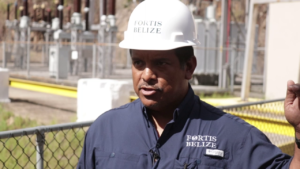
Tedford Pate
Tedford Pate, Operations Manager, Fortis Belize
“As you notice in the background, we have our dam across the river. That is what creates the main storage in a hydroelectric facility, without the water it’s impossible for us to produce power. So as long as we have adequate storage within the dam then we have the ability to transfer that water through the penstock from the dam into the power plant.”
Built in 1995, the Mollejon Dam, which currently generates in excess of twenty-five megawatts, is the country’s first commercial hydroelectric facility. The reservoir saves and collects 1.71 million cubic meters of water.
 Tedford Pate
Tedford Pate
“So as the water enters into the power plant, it passes through a series of controls for safety purposes. So we have what we call a main turbine shutoff valve and then we have wicket gates that allow the water to pass into the turbine. That then spins the turbine that is connected to the generator by a shaft, and as that spins, the generator itself produces the power, the water continues down the river to its normal flow.”
The electricity generated is then transmitted to a substation and distributed through a network of wires and transformers called an electric grid.
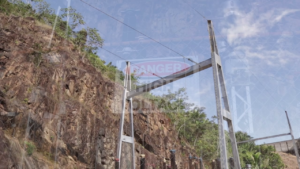 Tedford Pate
Tedford Pate
“The power now that comes out from the generator is transmitted to the substation, as you can see in the background at a voltage of six thousand, nine hundred volts and then it’s stepped up by that transformer in the substation to the transmission grid voltage which is a hundred and fifteen thousand volts. So once the power is on the grid, then BEL is then responsible for distributing that power to wherever the need is across the country.”
Twenty-five megawatts of power is generated by Fortis Belize at Mollejon, seven point three megawatts at Chalillo and nineteen megawatts at the Vaca facility. Hydroelectricity is one hundred percent renewable energy.
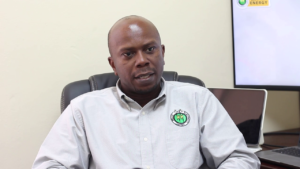
Omereyon Fregene
Omereyon Fregene, Manager, Energy Supply, B.E.L.
“In Belize, as you know, BEL is the sole transmission and distribution company for electricity. Our main sources comprise of the Fortis Belize Ltd, hydro dams: Chalillo, Mollejon and Vaca. We have a small hydro dam down south called Hydro Maya Ltd. We also have the biomass plants which is BELCOGEN, ASR/BSI at the northern part of the country and Santander Sugar Industries at the western side.”
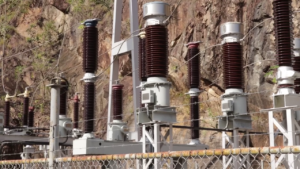 Biomass is used to generate energy by converting organic matter into various forms of renewable fuel which can then be used to power engines, turbines, or generators that produce electricity. Santander Sugar Group has been providing energy to the national grid since early 2016. It is one of seven independent power providers that supply BEL with electricity.
Biomass is used to generate energy by converting organic matter into various forms of renewable fuel which can then be used to power engines, turbines, or generators that produce electricity. Santander Sugar Group has been providing energy to the national grid since early 2016. It is one of seven independent power providers that supply BEL with electricity.
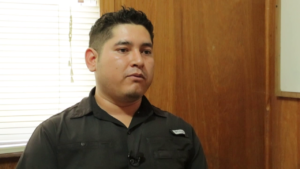
Cayetano Acosta
Cayetano Acosta, Electrical Manager, Santander Sugar Group
“We mill six thousand tons of cane a day, of which thirty percent is bagasse which we use to generate approximately sixteen megawatts of energy. Eight megawatts is destined for internal consumption and eight megawatts is destined for the grid. We are harvesting sugarcane to produce sugar, however, the process to convert cane to sugar requires a lot of energy. It requires steam and electrical energy to power driver and motors. The most sustainable way to meet our energy needs is by using the same byproduct that we are getting from the extraction of juice from the sugarcane.”
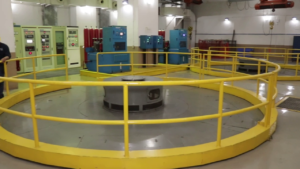 Renewable energy comes from natural sources that are constantly replenished, such as solar, wind, hydro and biomass. It has many benefits for the environment, including the reduction of greenhouse gas emissions and mitigating climate change. Renewable energy also promotes energy independence.
Renewable energy comes from natural sources that are constantly replenished, such as solar, wind, hydro and biomass. It has many benefits for the environment, including the reduction of greenhouse gas emissions and mitigating climate change. Renewable energy also promotes energy independence.
 Omereyon Fregene
Omereyon Fregene
“BEL is, of course, well aware of the trends in generation sources and the move from traditional fossil fuel plants to renewables. So BEL did conduct a study looking at a twenty-year horizon and that study took into consideration generation, transmission and substation assets that we would need to have in place looking at what the electricity requirements are for the country within that twenty-year period. That study did also take into consideration that Belize, as a country has committed through the national determined contributions to reach seventy-five percent renewable energy for all electrical energy consumed within the country.”
Isani Cayetano for News Five.





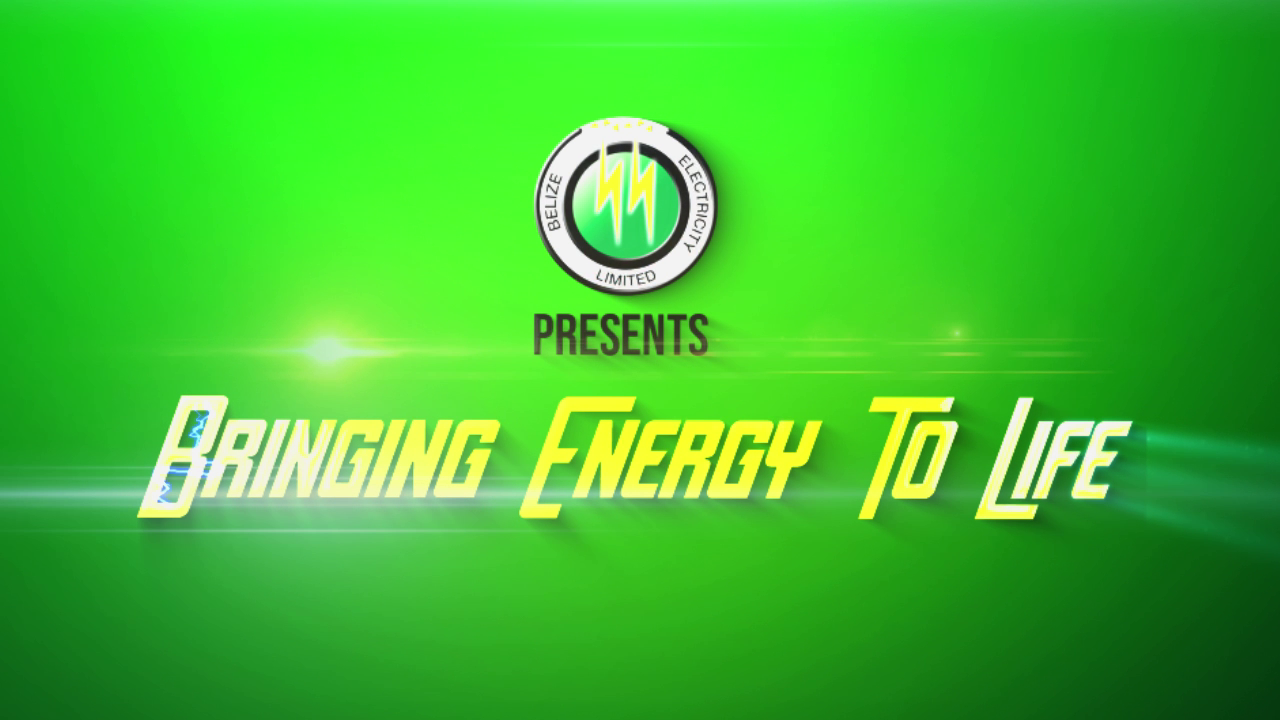
Facebook Comments